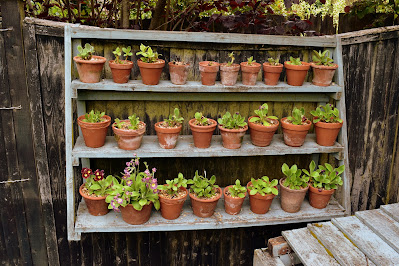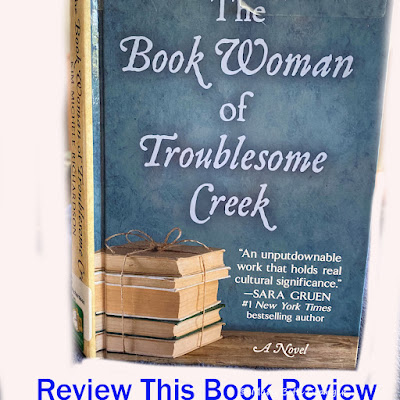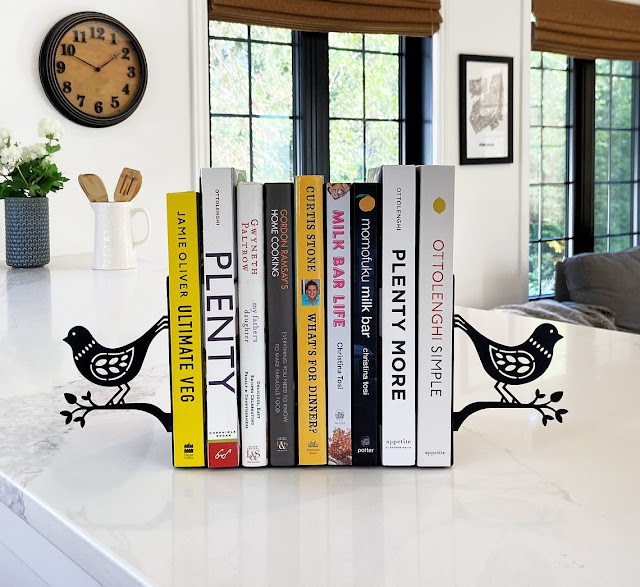Here is my review of Geoff Hamilton's book "Cottage Gardens". Geoff Hamilton was my inspiration and education where gardening was concerned and I have learned an incredible amount from his books, TV series and his gardens.
In this book at approximately 250 pages of text and photographs, he specifically concentrates on Cottage gardens. This happens to be my most loved style of gardening so I was always going to buy and treasure this book.
In fact, I am rapidly buying up every Geoff Hamilton book I can as I am concerned his books will start to get more difficult to find. He sadly died 4th August 1996 at the age of 59 and of course now there are many other good gardeners on the scene and many other books.
However, for me, Geoff's enthusiasm, knowledge and style of gardening will never go out of fashion. I feel in tune with his methods. His writing seems to speak directly to me as if he were teaching me and I need his ongoing guidance to improve my own gardening.
I have written about my admiration and joy when visiting Geoff Hamiltons Barnsdale Gardens near Oakham in UK in A Personal Review Of The Inspirational Gardener Geoff Hamilton
If you are looking for a down to earth, enthusiastic, knowledgeable and practical gardening guide to "Cottage Gardens" please take a look at this book.
The photos included here are all of my own photographs taken either at Barnsdale Gardens or in my own garden at home.
Section One History Of The Cottage Garden
Section one covers a fascinating history of the cottage garden and the people who tended them.
Cottage gardens have been in existence in some form since the Middle Ages in UK and the premise for all cottage gardens is that they are there to be used. These gardens were used primarily for food, herbs and some medicinal purposes, plus some flowers to lift the spirits.
Geoff takes us through the Cottage garden in the UK and how it its use changes and evolves through the Middle Ages ( 500- 1400) to the enlightened era of the Elizabethan age (1533- 1603) onto the Victorians and beyond and into the twentieth century.
It includes discussions of gardens and the role of people who were the labouring classes, the craftspeople and the wealthier people.
It discusses the role of medieval medicine and primitive gardening techniques and how over time improvement in living conditions meant more vegetables and fruits were consumed and how gardening developed.
He highlights certain influential gardeners over time such as Capability Brown, Humprey Repton and William Robinson.
The role of topiary and model villages is discussed along with the effect of social divisions, revolts, reforms and philanthropic movements. He covers the role of Allotments and the evolution of the Cottage Garden into the more modern age.
Section Two Creating A Cottage Garden
Section two instructs us on how to create a Cottage Garden and covers two different styles.
The first is very much a working garden to feed us and be as productive as possible.
This is the affordable Artisans garden, which is built specifically with low cost and reclaimed or second hand materials in mind. More is handmade and plants grown and raised from young.
This style of garden is much more like the original cottage gardens built and tended by working people, would have looked.
 |
Entrance to Artisan Cottage Garden Barnsdale. Photo by Raintree Annie
|
The second garden is more stylized, an idea rather than the reality of the rustic garden, with far more comforts and romance.
Vegetables would be grown, but were not essential to the gardener for food for the family.
This is the more expensive Gentleman's garden, where cost is not really an issue. It is altogether more elaborate and uses more costly materials.
 |
| Gentlemans Cottage Garden Barnsdale UK. Photo by Raintree Annie |
I had the pleasure of seeing both these gardens in Barnsdale gardens designed and built by Geoff Hamilton, they have stood the test of time and look fantastic.
Interesting Geoff said that he enjoyed making the more affordable Artisan garden more than the more expensive Gentleman's garden. When you understand more of the man and gardener he was this is not surprising.
He believed there is creative pleasure in making items, raising plants, developing a personal garden and saving money.
He understood that people can and do buy some ready-made items and grown plants for the garden, but his hope was that gardeners would take ideas from both types of gardens and using our creativity, make them our own.
So we learn about building these two gardens from principles to the layout. Which important aspects to include, how to consider designing it, what sort of boundaries to consider and what materials to use.
He includes information on arbours and benches, herb tables and love seats, paving, compost bins, containers and cold frames. He details what to consider, how to build and design and gives a very comprehensive overview of both gardens. The photographs and pictures are lovely and bring it all to life.
 |
| Artisan Cottage Garden Barnsdale. Photo By Raintree Annie |
Plants In The Cottage Garden
Then the book goes into more detail about the plants to use at the back, middle and front of the border to provide those layers of use and interest in the garden.
This section includes propagation techniques so we can make more plants for free! This is always a very useful and easy skill to learn for anyone who has a large garden to a window box.
Geoff's love of plants and trees comes through and he details how to choose and look after trees, climbers, ramblers, border plants, shrubs, herbaceous plants, bulbs, annuals, biannuals and topiary. It details a wealth of plants that we can include according to our situation and needs.
Section Three A Cottage Economy
Section Three covers "A Cottage Economy" and teaches us how to grow and tend a wide variety of vegetables, herbs, tree fruit and soft fruit.
He includes cultivation methods and how to grow vegetables in borders. It is a very useful, practical and interesting guide to growing and tending these plants.
The way Geoff Hamilton approaches the information, it all seems totally achievable and straightforward to learn.
Cottage Garden Plants Through History.
Finally the book discusses Cottage Garden Plants Through History where he gives a snapshot of plants that would have been grown through the ages. Although a short section this is quite fascinating to learn what was grown in different eras in history.
I bought this book in the UK as a hardback copy but it is available via Amazon in hardback and paperback and I imagine it is the same book.
If you have the smallest interest in gardening or even garden history in terms of cottage gardens and the way people lived with them and how they evolved, this book is very interesting and a worthwhile read.
If you love gardening and want to learn more from a true master I do not hesitate to recommend Geoff Hamilton's Cottage Gardens Book either for yourself or as a beautiful gift.
Geoff Hamilton died many years ago now but even today, or perhaps more so today, many people grow vegetables and fruit in gardens or allotments to supplement the weekly shop.
With shortages and prices of vegetables, salad and herbs rocketing in the shops, growing food ourselves can make it more accessible and affordable to us.
I wonder if gardening may again become something we need to know how to do and an essential life skill to pass on to the next generation as it used to be. So maybe the story or history of the Cottage Garden is not yet over.
More Gardening Articles
Note: The author may receive a commission from purchases made using links found in this article. “As an Amazon Associate, Ebay (EPN), Esty (Awin), and/or Zazzle Affiliate, I (we) earn from qualifying purchases.”






.png)

















































